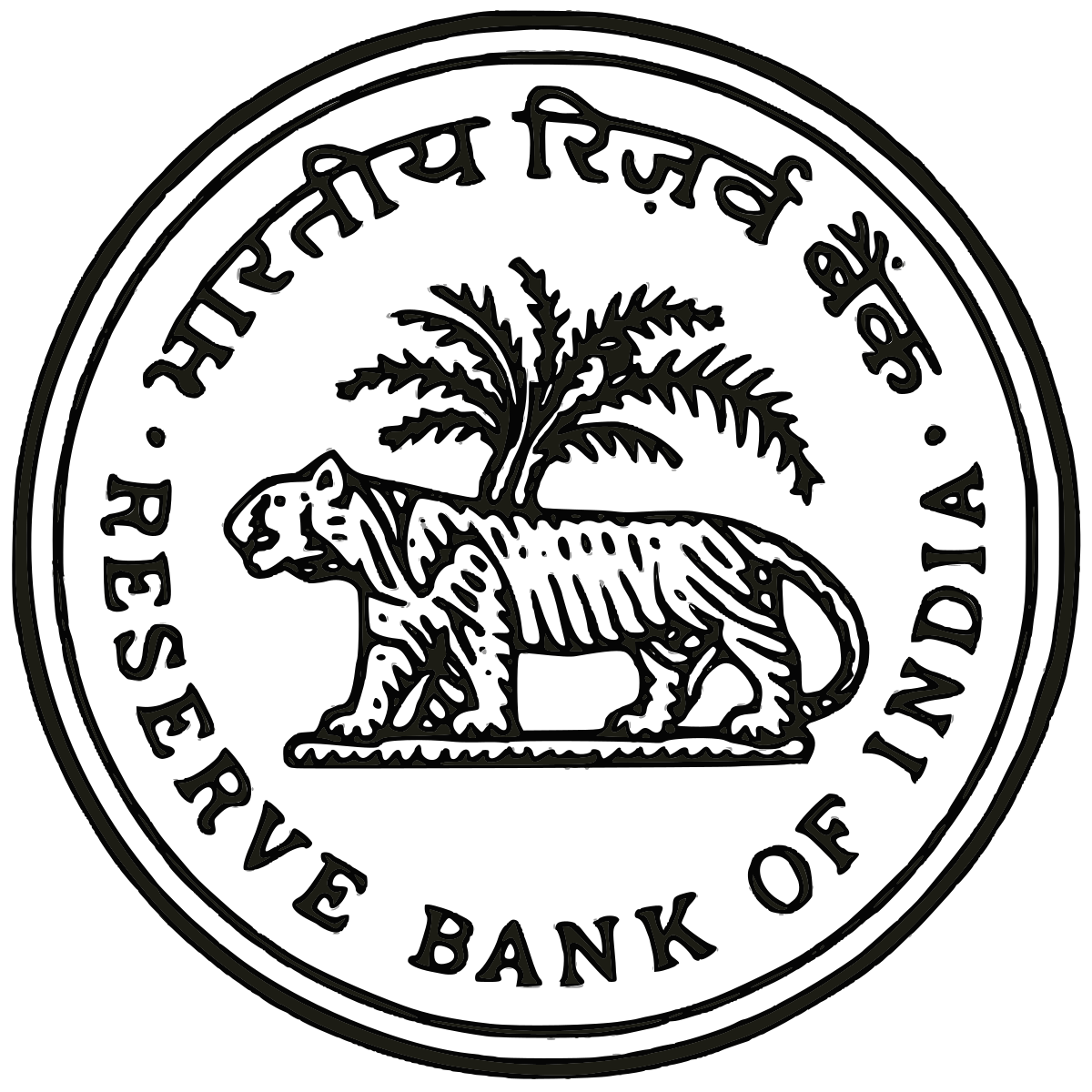What Happens to $8 Billion in Unclaimed Customer Deposits in India
Little is known about the use of unclaimed customer bank deposits in India, which total $8 billion, says Romar Correa
August 23, 2025
By Romar Correa*
By the end of June, Indian commercial banks had transferred more than Rs 67,000 crores ($7.7 billion) of unclaimed deposits to the Depositor Education and Awareness (DEA) Fund of the Reserve Bank of India (RBI), India’s central bank.
Unclaimed deposits at commercial banks, under rules of the RBI, are balances in savings and current accounts which are inactive for ten years, and term deposits, unclaimed for ten years after maturity. They are automatically transferred by the commercial banks via the RBI, to the DEA Fund, managed by an RBI committee. The fund is used for “promotion of depositors’ interest” and other purposes under rules of the DEA Scheme.
The funds held by the DEA will presumably reach the coffers of the government at the snap of the fingers. Unclaimed deposits, when moved from the DEA Fund to the government, via the RBI, will show up in the asset account of the government. Does the government view the funds as reducing the pressure to tax the wealthy? What are the other potential items to spend the funds? Infrastructure is the shibboleth. Yet, the sight of road after road crumbling and being washed away, leaving fatalities in their wake, sickens.
The total non-performing assets (NPA), or bad loans, in the Indian banking system is Rs 600,000 crores ($69 billion). Why cannot the unclaimed deposits cancel a part of the bad loans? The government has set up quasi-private entities to resuscitate or lay to rest bad loan assets in various degrees of sickness. However, reporting on the efforts and results of these entities is deafening in its silence.
Or, in terms of a more productive economic policy, the question can be posed: after allowing for statutory and precautionary holding of part of the unclaimed deposits in cash, why cannot the rest of it be directed to job-creating, environmentally-friendly investments?
The DEA Fund’s macroeconomic accounting is a cause for concern in the context of a distinction students of economics are taught. Savings (deposits) and investment are flows. Unclaimed deposits and dud investments are stocks. According to double-entry bookkeeping, a positive item on one side of the national income ledger must cancel out with a negative item on the other side. Thus, overall, a bank’s assets and liabilities must match.
Deposits are an important component of bank liabilities and investments are an important component of bank assets. A portion of deposits must be held back to meet withdrawals. What if there is no compunction to do so because the depositors have plain and simply vanished, as in the case of the unclaimed deposits in the DEA Fund?
The answer can be given bite by getting back to the origins of banking. People got into the habit of depositing their cash and other liquid valuables with reputed custodians, usually at the cost of a slight safekeeping fee, a negative interest rate. Over time, the bankers found that only a negligible part of the deposits were being withdrawn by their customers. The bankers discovered they could earn rents by lending the deposits to borrowers on the payment of interest.
Now, imagine extinction befalls the entire cohort of depositors, big and small, and their families. Overnight, their deposits at the bank turn into gold for the bank, as if touched by Midas. The liability owed to the depositors becomes an asset owned by the bank. The banker can lend it all, reaping greater returns, albeit by taking on greater risk.
Actually, in the case of the unclaimed deposits in the DEA Fund, the implications of a portion of a commercial bank’s deposits turning into an asset from a liability are less dramatic. Why cannot the banks go on a lending spree with no fears of a bank run, since no one will show up at a branch to withdraw the unclaimed funds?
A policy no different in spirit from the DEA Fund policy of the Central Government is currently proposed in the state of Goa. The two governments are run by the Bharatiya Janata Party. The Goan state government proposes to take over properties which do not have an heir. History illuminates two possibilities. A responsive democratic government would convert estates without heirs into child-care facilities, primary schools, health centres, homes for the aged, and the like, overseen by the panchayat, which rules the village. A fascist government, on the other hand, would hand over the property to a favoured few, to construct luxurious private homes in gated communities.
The $8 billion in unclaimed funds, abandoned by depositors, is a large sum for India, especially given the big families, close family ties, and crowded living conditions. Also, it is surprising that relatives and scammers did not get access to the funds before they ended up as unclaimed deposits. Or maybe such illegal withdrawals occur in many cases of depositors with no legal heirs. So, the DEA funds gathered by the RBI likely reflects only part of the unclaimed customer deposits.
The rationale of the DEA Fund, which has a nebulous mandate, will escape the most assiduous students of monetary economics. We cannot unlearn basic economics fast enough to grasp such policies. Textbooks dictated by officials illuminate the past. However, it is a wonder to behold the policies of government ministries grappling with the living, pulsating present.


